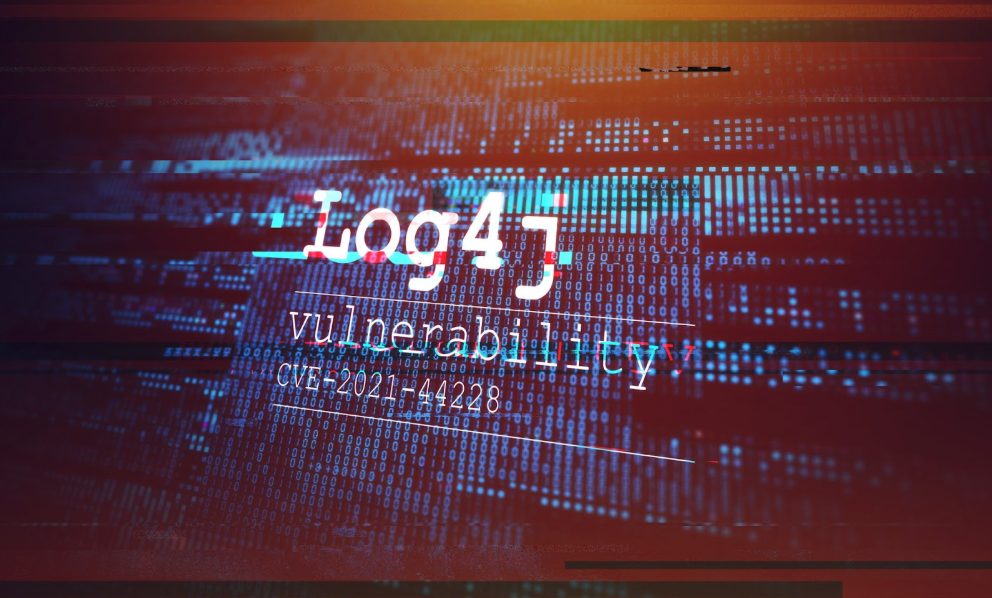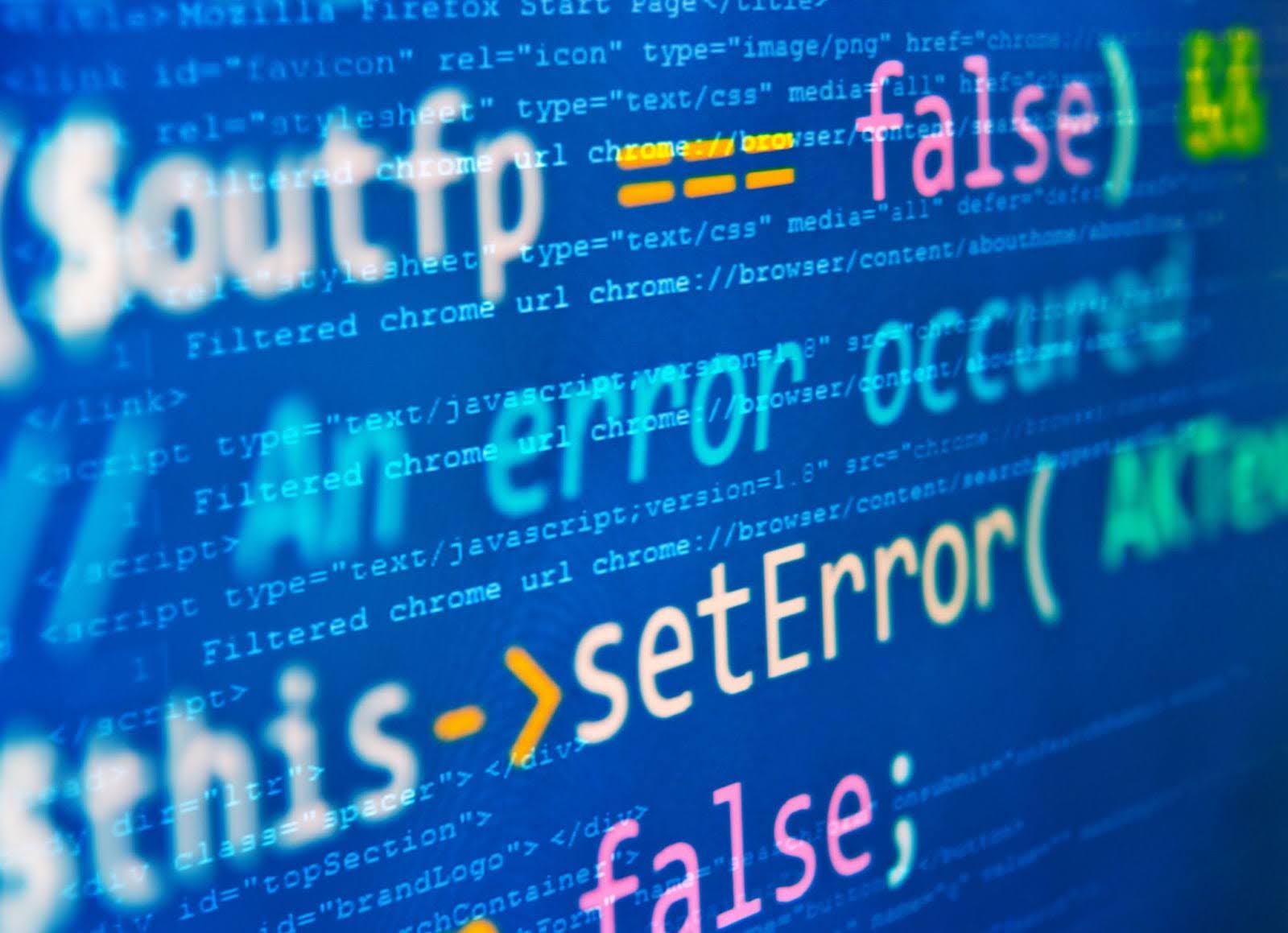
Shifting left is not a cutting-edge concept within software development. In fact, it was first coined back in 2001 by Larry Smith, who lived by the maxim “test early and often.”
The approach has risen in popularity in recent years due to the widespread use of agile practices and the growing challenges related to building and delivering high-quality, secure software in a competitive market. At its core, shifting left means taking things that are done toward the end of the software development workflow and moving them earlier in the process.
In this article, we will take a deep dive into the shift-left security movement, analysing its benefits and giving you advice on how you can implement shift-left security in your business.
What is Shift-Left Security?
To shift left means to move a process to the left on the traditional linear depiction of the software development lifecycle (SDLC). Until recently, code security testing happened at the end of the development cycle in the form of a go-live audit. The results would either permit the application to continue for deployment into production, or reject the application, passing it back to developers.
Unsurprisingly, this approach resulted in long delays in development or an increased risk of deploying software into production without the necessary security measures.
Enter: shift-left security.
By implementing security measures throughout the development lifecycle rather than at the end, developers can design software with security best practices built in. It also enables teams to detect potential security vulnerabilities as early in the development process as possible, making them easier, faster and more affordable to fix.
Shifting left is a vital element of DevSecOps, the DevOps expansion that sees security as a vital component. DevSecOps aims to address the disconnect between developers and security experts, encouraging stakeholders to always consider the bigger security picture.
Four Benefits of Shift-Left Security
Developers, testers and business leaders all stand to gain from shifting security left. Below we’ve outlined four of the core benefits of moving security practices to earlier in the SDLC:
1. Faster time to market
As we mentioned above, bugs that get uncovered late in the cycle can cause various time-consuming issues, pushing production to a later date. Shifting security left can eliminate needless bottlenecks in the final stages of development, accelerating the time to market.
2. Cost-savings
A report by IBM shows it takes $80 on average to fix defects and vulnerabilities discovered early on during development, as opposed to an eye-watering $7,600 to fix vulnerabilities discovered in production. Security issues that go undetected until the end of development — or after deployment — are guaranteed to drive up the overall development costs.
3. Higher quality code
If security and software development are considered separately, bugs can easily slip through the net and emerge after a product goes to market. This can have costly consequences and even recalls in certain cases. Integrating security into the development pipeline means teams can establish guardrails that prevent software from moving forward when the code has vulnerabilities.
4. Stronger collaboration
“Who’s responsible for testing code security?” — this question arises time and again in software teams, with no concrete answer. Shifting left takes the onus off any one person (or team), spreading the security responsibility among developers and testers to ensure a robust application and greater productivity. This team effort can empower various stakeholders to collaborate more effectively for a defence-first culture.
Four Best Practices for Implementing Shift-Left Security
1. Define shift-left security policies
First and foremost, it’s important to establish a set of security policies and protocols before a project begins. These must contain critical information for efficient development processes — including security.
2. Implement security fixes as code is developed
A core component of shift-left security is integrating security as the application is being developed. Developers and testers must work together, providing a continuous feedback loop to ensure security issues are addressed as soon as possible.
3. Embed visibility into the culture
The main purpose of shifting security processes left is to keep code secure during and after its release. To achieve a satisfactory level of security, teams need suitable visibility into application security and performance, enabling them to remedy issues when required through software updates.
4. Embrace security automation
Shifting left requires continuous work and collaboration, which should ideally be supported by autonomous processes. For example, automated tools can enhance security efforts by analysing code after every commit and notifying a developer when they introduce a new security bug.
Is Shift-Left Security the Way Forward?
In 2020, 42% of organisations said that code security testing happens “too late” in the SDLC, demonstrating that there is clearly an appetite for shift-left practices among development teams. DevSecOps will also become a growing necessity as businesses continue to tackle increasingly complex and sophisticated security threats.
By implementing shift-left security, businesses can foster collaboration between developers, ops teams and security testers to ensure that security is embedded into their products from day one.
However, getting more done sooner requires time — shifting security left won’t happen overnight. The process will consist of incremental changes, various iterations and plenty of patience. Businesses should implement changes slowly and embrace an analysis tool to reach the full security potential of shifting left.
Seamlessly Implement Shift-Left Security with BlueOptima’s Code Insights Solution
Code Insights from Blue Optima can support businesses looking to move security to earlier in the SDLC.
The solution works by providing an objective insight into your estate’s source code, enabling you to reduce application security risks. The tool runs an automated analysis of code every 24 hours, flagging security vulnerabilities and prioritising them accordingly so that developers can fix any bugs as early as possible in the development process.
Related articles...

Article
Inside the $55 Billion Breach Puzzle: What Data Breaches Really Cost Enterprises
When thinking about the financial impact of cybersecurity breaches, the…
Read More
Article
How Software Quality Metrics Boost Team Performance
Measuring software delivery speed has become second nature for many…
Read More
Article
The Real Price of Technical Debt
For understandable reasons, businesses often prioritise speed over software quality….
Read More
Bringing objectivity to your decisions
Giving teams visibility, managers are enabled to increase the velocity of development teams without risking code quality.
out of 10 of the worlds biggest banks
of the S&P Top 50 Companies
of the Fortune 50 Companies